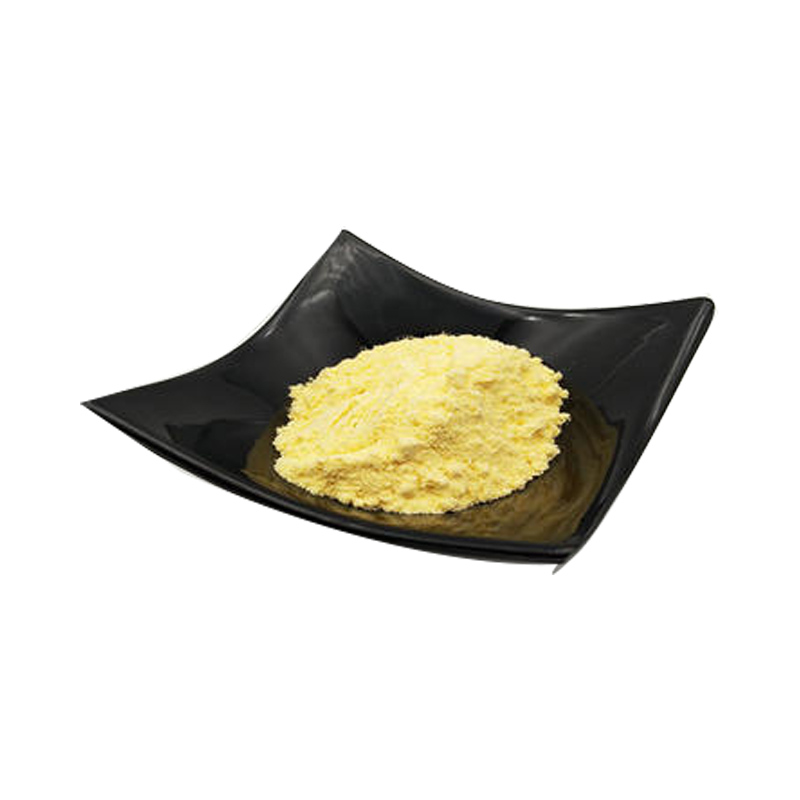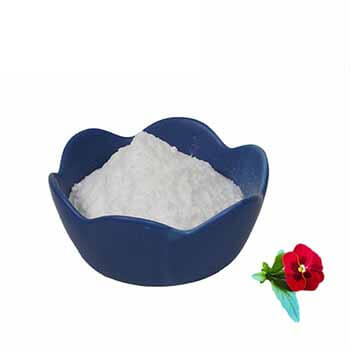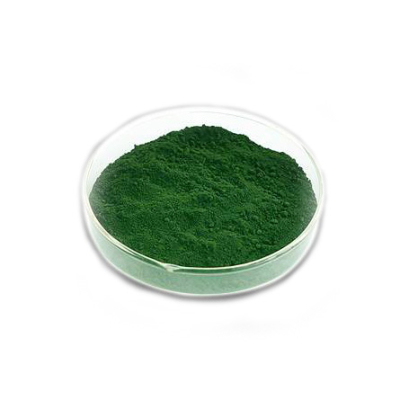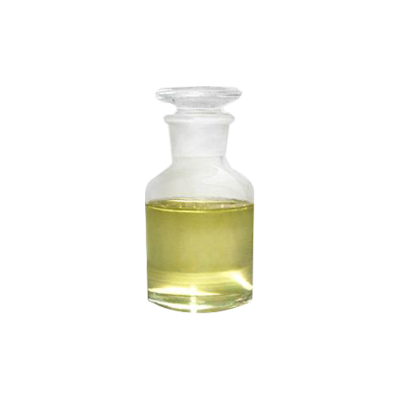Anti-wrinkle effect
As we age, the collagen in the skin cross-links and the structure becomes firmer and less elastic. Elastin is the most important fibrous protein to maintain skin elasticity. The decline or denaturation of its content is the main reason for the formation of skin wrinkles. Tannin can promote cell metabolism, maintain the vitality of elastin, and keep the skin healthy, shiny and elastic.
Resist UV rays
Tannin is a kind of natural substance that has a strong absorption in the ultraviolet light area. Tannin is called a “ultraviolet filter” and has an absorption rate of more than 98% for ultraviolet rays. It is effective for sunburn and various pigmentation. It has obvious defense effect.
Whitening effect
The color of the skin is mainly determined by the content of melanin. Tannin can reduce and decolorize melanin, and can also effectively remove active oxygen, so tannin has a comprehensive whitening effect.
Moisturizing effect
The healthy appearance of the skin depends on the moisture content of the stratum corneum, and chronic dehydration can lead to rough skin and the formation of wrinkles. The molecular structure of tannin contains a large number of hydrophilic groups — phenolic hydroxyl groups. It is easy to absorb moisture in the air, so it has a moisturizing effect.
Antiseptic effect
Tannin has obvious inhibitory ability to a variety of bacteria, fungi and microorganisms, and at the same inhibitory concentration, it will not affect the growth and development of human cells. Tannin also has unique antioxidant properties, which can effectively resist biological oxidation and remove active oxygen, so tannin can effectively inhibit bacteria and have health care and antiseptic effects.





